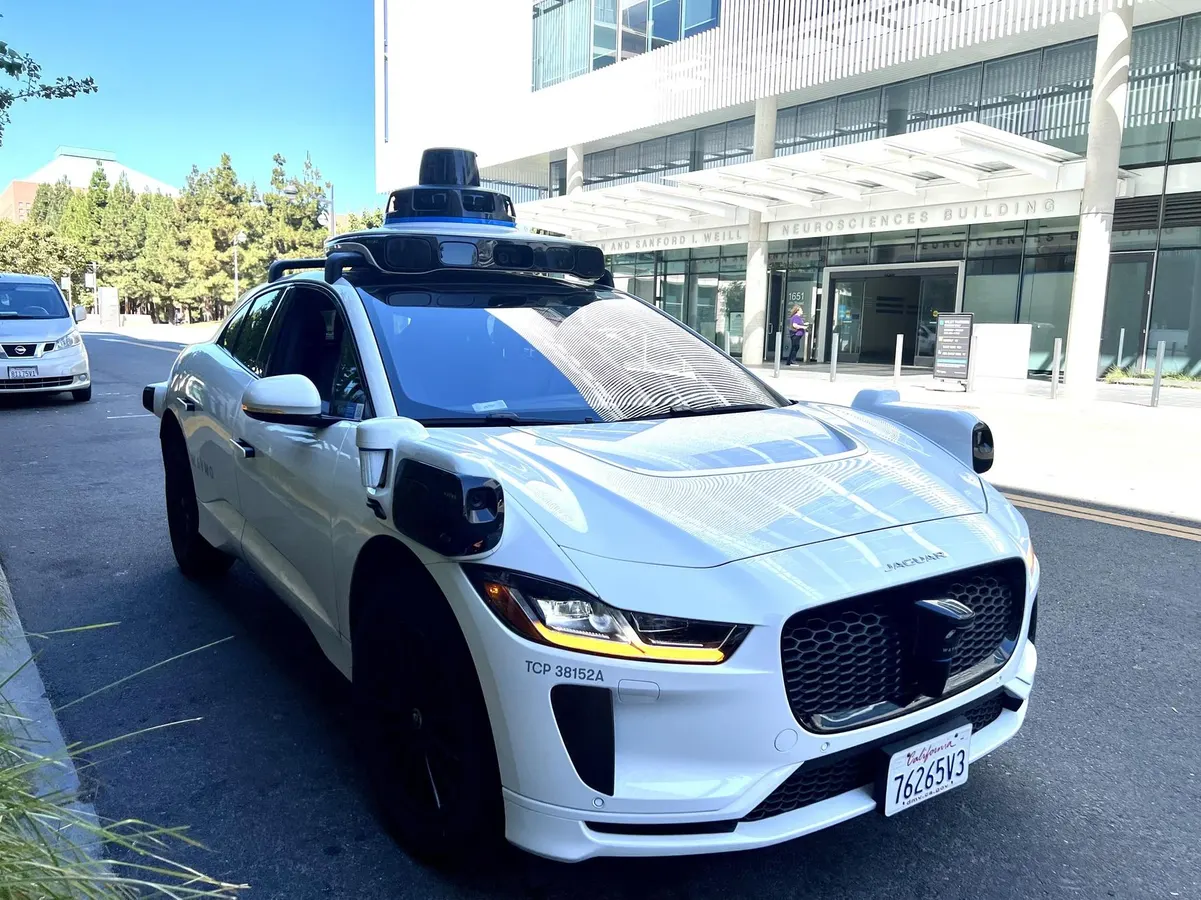Copyright forbes

Front view of Waymo self driving car in San Francisco, California, August 20, 2024. (Photo by Smith Collection/Gado/Getty Images) Gado via Getty Images In 2025, self-driving cars are no longer the stuff of science fiction. In the U.S., companies like Waymo are already operating robotaxi fleets in major cities such as Phoenix, San Francisco and LA. Meanwhile, in the U.K., the Automated Vehicles Act came into law last year, formally greenlighting the way for driverless vehicles on British roads and pilot services to run from 2026. The promise of autonomous vehicle technology is certainly capturing the attention of the public at large, but one group in particular may be waiting with bated breath. People with disabilities, who make up 15-20% of the global population, currently face countless transport inequities from outdated and inaccessible public transit systems to negative attitudes and a lack of specialist awareness amongst ride share operators. Against this backdrop, driverless cars hold tremendous potential to level the playing field by introducing a sense of control and personal freedom. Contrasting priorities Last month, an interesting and important study emerged from the U.K. examining attitudinal differences amongst future autonomous vehicle riders with disabilities when compared to both the general population and those with different types of disabilities. Published in the journal Transportation Research Interdisciplinary Perspectives, the study entitled “Understanding Future Adoption of Autonomous Vehicle Services Among Disabled and Non-Disabled Users” was a joint initiative from the University of Warwick and the University of Birmingham. Both disabled and non-disabled participants across a range of demographics were surveyed about their likelihood of using different types of autonomous-vehicle services, including shared robotaxis, private driverless cars, micro pods and even autonomous buses. The study primarily focused on important aspects of well-being and trust. MORE FOR YOU The key takeaway is that disabled users and non-disabled users appear to have strikingly different priorities when it comes to driverless vehicles. Whilst non-disabled respondents valued cost and convenience above all else, disabled participants placed far greater emphasis on trust, safety and the availability of assistance. Respondents with physical disabilities had concerns about access and boarding. Those with mental-health conditions tended to be preoccupied with reliability, emotional safety and the human touch points involved. When it came to vehicle preferences, non-disabled respondents demonstrated the strongest interest in shared, on-demand robotaxi services due to their low cost and flexibility. Disabled participants, by contrast, prioritized private autonomous vehicles, valuing privacy, personal space and reliability over price. While much of the current discourse on autonomous vehicles focuses on technical reliability, traffic flow and regulation, this study shifts the lens towards important aspects of human experience and emotional trust. The study puts disabled voices at the forefront and presents them as a potential metric for maturity in user-centric design and go-to-market readiness. Of course, the nuts and bolts of autonomous vehicle accessibility are comprised of components like vehicle identification, wheelchair access, loading assistance, onboard communication options and emergency alert systems. Yet this study takes a wider perspective in examining the human values that underpin the technical requirements. “Transport policies based predominantly on general population data may ignore the nuanced and essential well-being needs of disabled individuals. This reinforces the importance of tailoring policy frameworks and service design to more diverse and often underserved populations,” wrote the study authors. Further adding, “Our findings suggest that well-being is not merely a correlate of transport use but a driver of transport choice. For individuals without disabilities, well-being aligns with general factors, comfort, cost, or environmental impact, but for disabled groups, well-being reflects deeper concerns around safety, predictability, and dignity. This supports the idea that wellbeing and transport have a bidirectional relationship, especially among populations whose everyday mobility is marked by exclusion, anxiety, or health-related risks.” Designing for all The study authors further recommend that all future AV development should be embedded in a participatory, co-designed framework that treats lived experience as evidence. This entails including disabled users in all stages of development, from concept design to real-world trials. It is, after all, one of the deepest-held principles of universal design that when you solve for the most extreme requirements, you also, by default, solve for all. Easy loading, ample space, intuitive interfaces and multimodal support, particularly through voice, which may be non-negotiables for disabled riders, are still likely to have widespread appeal, especially during the early adoption phase of the technology. There’s a powerful commercial case for getting this right, too. Roughly one in five adults lives with a disability — a vast, underserved market whose mobility needs remain unmet. Inclusive design isn’t just ethical; it’s good business. This study is a timely reminder that our impending self-driving future is not just a technical project — it’s a social one. The cars of tomorrow will not only need to navigate traffic but also trust, emotion and dignity — redefining what “autonomy” truly means for human freedom. Editorial StandardsReprints & Permissions



